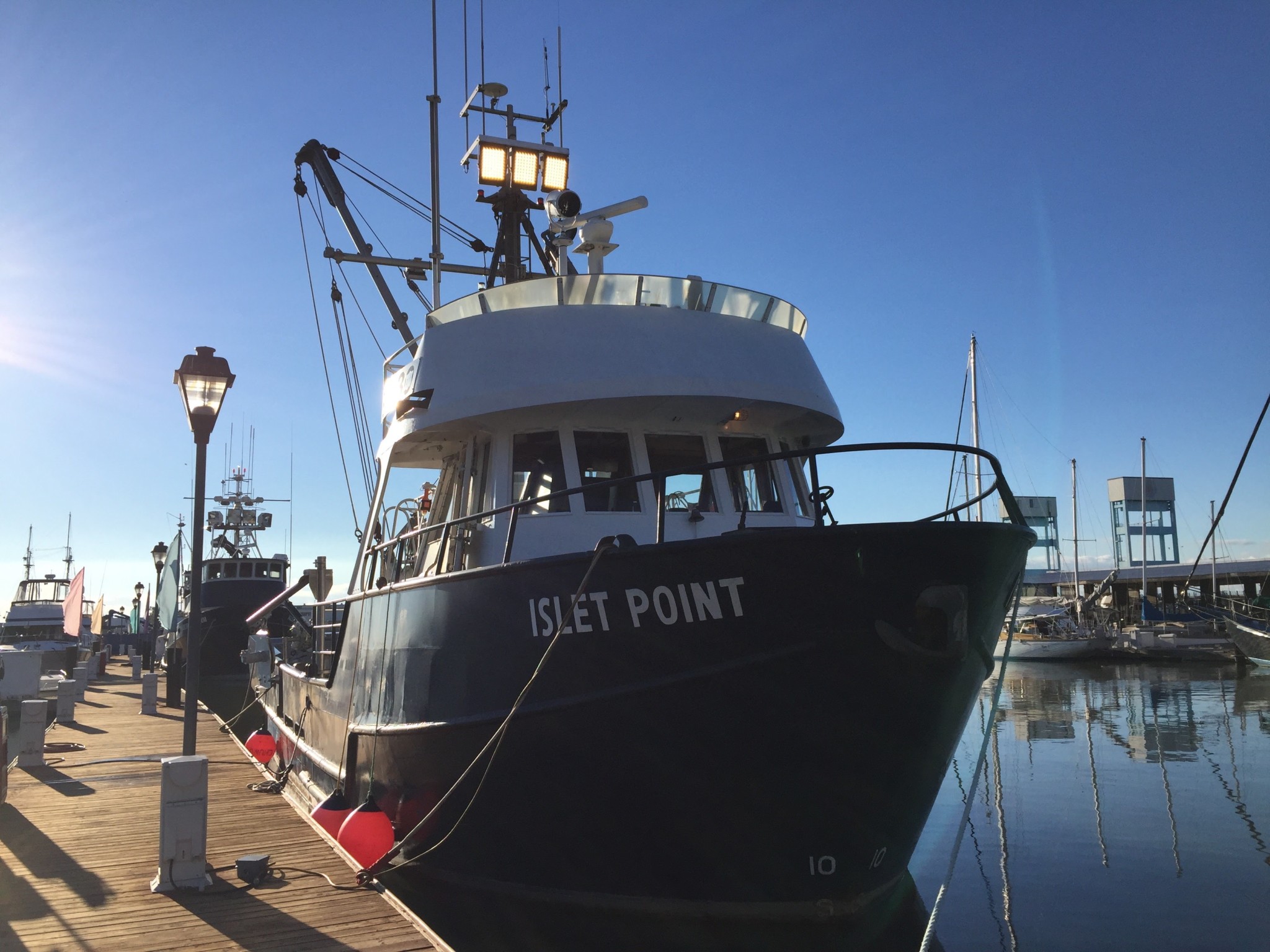Intelligent deck lighting is just the beginning of the new AI fleet
When I was writing an article about LED deck lighting for the latest issue of North Pacific Focus, it was business as usual until Michael Morris, president of Durabrite, said something during our interview that made my spine tingle.
Morris said, like in all computer technology the trend in lighting is to make things smaller and cheaper, but that there is something even more interesting on the horizon and technology exists today to take LEDs to a whole new level.
“Lights are going to get smarter. We are entering the ‘Internet of Things,’ and our lights are going to learn all about the vessel,” he explained.
As if LED technology wasn’t enough of a radical shift in the fishing industry, now lights are somehow going to “get smart?” How is that even possible?
Tiny sensors either alongside or incorporated into the LEDs can measure motion, infrared and even vibrations. Potential uses include security purposes — not only will the light turn on, but also record intruders on deck and send that recording to a mobile device in real-time. Morris said the technology exists today to make this happen, but it will take some time to put it all together.
Before you get worried about Big Brother watching, here’s an interesting example and practical use for the technology. As two boats are coming into position, the LEDs are outputting at full blast with the potential to temporarily blind each captain and crew. As you know, high-pressure sodium lights take at least 15 minutes to cool down and the same amount of time to warm up again, so turning a traditional system on-then-off for a passing boat doesn’t make sense. That’s why nobody turns deck lights off, even if you thought the other captain was just plain rude.
Imagine an LED array that communicates with the radar system and AIS to not only sense when a boat is approaching, but automatically dim the LED mast lights, and perhaps automate a deck light to compensate and keep things bright on deck.
As much as you might want to ignore artificial intelligence, it’s not only here, but it’s going to be a game changer in the next ten years. Smart lighting is just one example of where the industry — and whole world — is headed.
But consider this: prototypes exist that use military target identification and lock-on technology to identify what fish are being passed through a net. The jargon during the demonstration was a bit above my pay-grade, but it had something to do with a matching a database of fish profiles (outlines of the shape of fish) and Doppler radar while they passed through the monitoring tunnel. The goal is to identify what fish are being caught and if there is a significant by-catch, the system will alert the skipper to make a change.
While that could be a good use too, the development program may one day eliminate on-board observers and you should pause here and think about your wish: With real-time scans of your catch being sent to monitoring facilities, you can bet Big Brother will be watching.
As much as artificial intelligence may improve our lives, once you take the human aspect out of our livelihoods, there will be no reason to do the work of drones. And while the Internet of Things and artificial intelligence may have arrived, we are still the ones in control — at least for now — and it’s up to us to decide how to use these new tools and set regulations and safety checks to make sure we are still the ones in control.







